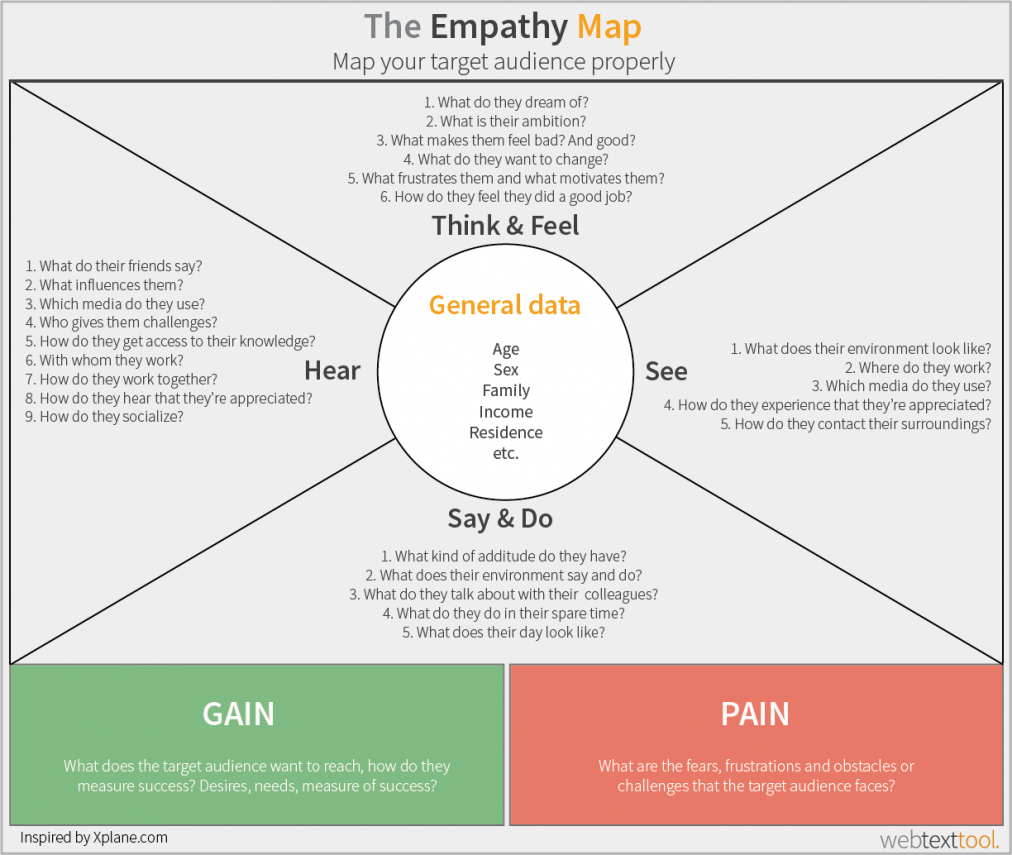TrustBrand™ | Distinction: The Art of Building a Relevant Standout

By honoring the lives of those we admire, we make our own values known. Perhaps more clearly than words ever could.
Sadly, it’s a step that too many do once, and never revisit. If you’re not talking to your customers, how can you learn what they’re doing with your products?
Do you really know why your customers buy?
Ready to start making positive impact?
Benefit from our many years of experience. No task is too big or too complex for our team.

